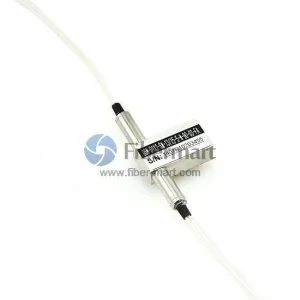
A PM optical switch is a device used in optical communication systems to selectively route optical signals while preserving their polarization states. These switches are crucial in systems where maintaining polarization is essential for signal integrity and quality.
Here’s an overview of how a PM optical switch works and its key components:
Optical Pathways: A PM optical switch consists of multiple input and output optical pathways or ports. Each port is designed to accommodate optical fibers carrying polarized light signals.
Switching Mechanism: The switching mechanism of a PM optical switch allows it to selectively route incoming optical signals from one input port to one or more output ports. This switching capability enables dynamic reconfiguration of optical connections within a network.
Polarization Control: PM optical switches are specifically designed to maintain the polarization state of light signals passing through them. This is achieved by aligning the optical pathways and components within the switch to preserve the polarization orientation of the incoming signals.
Actuators and Control Electronics: PM optical switches are typically equipped with actuators and control electronics that enable remote or automated control of the switching operation. This allows for dynamic reconfiguration of optical paths without the need for manual intervention.
Low Insertion Loss and Crosstalk: PM optical switches are designed to minimize insertion loss and crosstalk, ensuring efficient signal routing and minimal signal degradation. High-quality switches offer low insertion loss and high isolation between input and output ports.

Applications: PM optical switches find applications in various optical fiber communication systems and networks, including wavelength division multiplexing (WDM) systems, optical cross-connects, optical add-drop multiplexers (OADMs), and optical test and measurement setups.
PM optical switch play a crucial role in maintaining signal integrity and maximizing performance in polarization-sensitive optical systems. They provide flexibility and versatility in optical network architectures, allowing for efficient management of optical resources and enabling the implementation of advanced optical functionalities.





